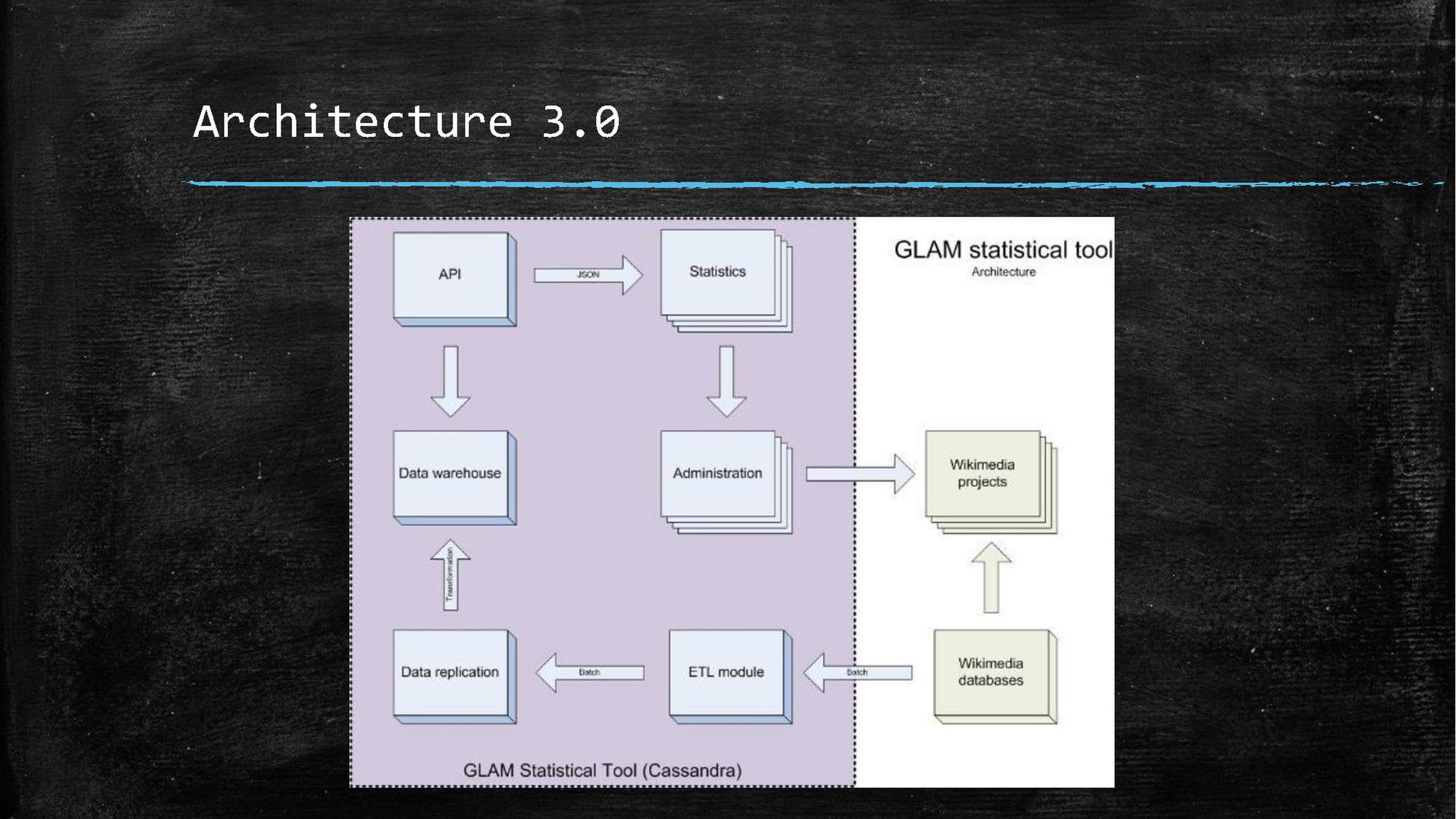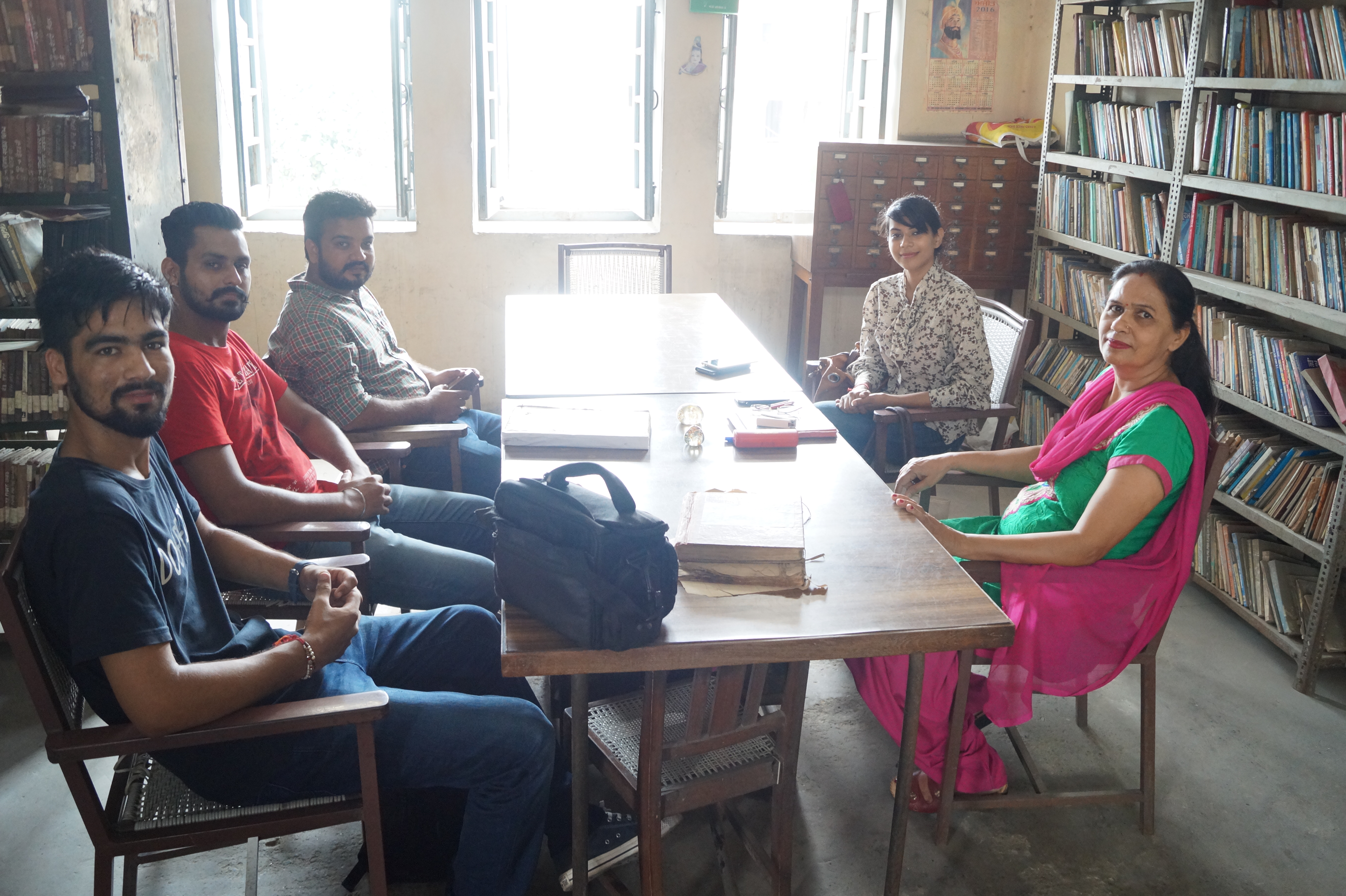After our first post featuring Top 5 Ideas about Product & Technology, today we dive into Partnerships! Partnerships has indeed been one of the 9 thematic areas discussed within the frame of the Wikimedia 2030 movement strategy process. This topic is a central one: a movement that wants to be able to share the sum of all knowledge surely can’t achieve the whole task alone!
Whom should Wikimedians partner with? How? With what tools? What is needed to support these efforts? Wikimedians from communities all around the world have shared their views on these questions over the past few months. This Top 5 is a collection of the most largely shared ideas: we hope they will trigger interesting conversations, or even concrete projects!
#1 Mission-aligned partners
Wikimedians from all around the world are eager to see our movement connect more deeply with mission-aligned structures. Of course, GLAMs (Galleries, Libraries, Archives, Museums) are mentioned a lot as natural partners. Educational institutions are maybe even more present in aspirations for mission-aligned partnerships: universities and schools are seen as the place where both educators and future Wikimedians can be introduced to our projects.

The community also emphasized that we should prioritize partnering with minority cultures organizations or institutions, as it would allow us to address content gaps in the encyclopedia and make sure that Wikimedia is indeed gathering the sum of all Human Knowledge.
When it comes to technology partnerships, it is generally supported that we should cooperate in priority with like-minded organizations working for free knowledge and the open internet, such as Mozilla or Open Street Maps.
#2 Specific services and tools for GLAM contribution

This point was mentioned as a priority by many stakeholders, including volunteers, affiliate staff, Wikimedians in Residence, and even GLAM staff themselves. Indeed, partnerships are often slowed down because of technical barriers: tools are missing, or complicated to use.
Thus, from France to India, volunteers and staff hope we can develop more functional and friendlier tools (eg. for massive uploads or easy attribution), even proposing to design a GLAM contribution toolkit for both Wikimedians and institutions to use. The goal would be to develop a strong technical infrastructure that can easily fit in institutional practices, for small and big partnerships alike, and thus allow the Wikimedia movement to smoothen and scale its collaboration with cultural partners.
#3 Localized partnerships network
Localization has been a major topic in strategy discussions, including for partnerships. Wikimedians from regions as various as Algeria, Asia and Catalonia all feel that partnerships need to happen as close as possible to local contexts.
While global partnerships are seen as a good thing for visibility and credibility, communities feel we need a regional approach to be more culturally relevant, as well as an even more local approach (at the city-level) in order to identify partners who can host or co-organize events and programs.

Additionally, many affiliates, such as Côte d’Ivoire and Canada, stress the need to be able to hire local staff to handle partnerships, as the task often requires to be available during working hours.
#4 Enhanced communication at all levels
Communication is a broad topic, that has been broached by communities through different aspects.
Some people have insisted on the necessity for Wikimedia organizations to better communicate about partnerships towards the outside (media coverage, public relationships), so as to increase visibility and thus attract new partners. But others have also emphasized the need for more efficient communication inside our movement: WMF and Affiliates running successful partnerships projects are called to share their knowledge, so their programs can be replicated elsewhere. Indeed volunteers have noticed, for example in Venezuela, that building on previous experiences is incredibly precious.
Lastly, it was noted that our offline organizations need to communicate more with online-only editors, so that they are better informed about partnerships and events, allowing them to engage if they wish to.
#5 Long-term cultural convergence
Most Wikimedia volunteers and affiliates wish for more in-depth relationships with partners, hoping that contributing to Wikimedia projects would become a common, self-evident practice for GLAMs, scholars, etc.
The Wikimedian in Residence formula is largely supported, as well as capacity building (about Wikimedia projects) for partners staff. The shared idea behind this is that we should work towards a world where contributing to free knowledge would be an integral part of our partners’ habits and culture.

Do these ideas sound familiar? What do you think you could do to make them happen? Are there other important points you think are missing? Please share!
This post was created with writing support by Diane Ranville.
Read also
- Wikimedia Product & Technology: Top 5 Themes from Community Conversations
- Capacity Building: Top 5 Themes from Community Conversations

Can you help us translate this article?
In order for this article to reach as many people as possible we would like your help. Can you translate this article to get the message out?
Start translation